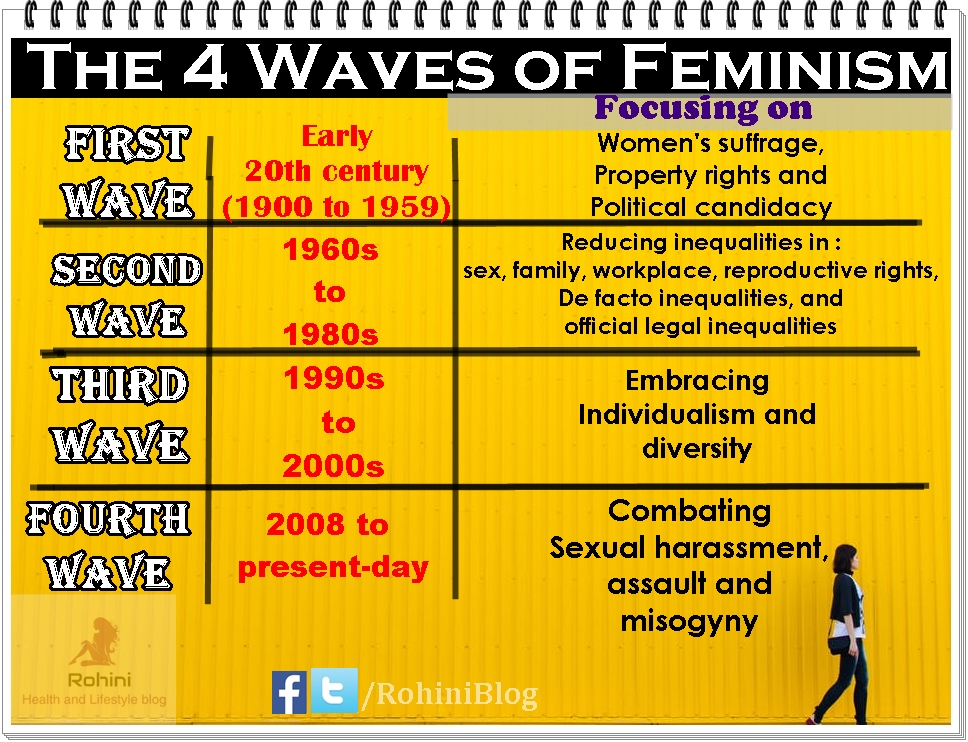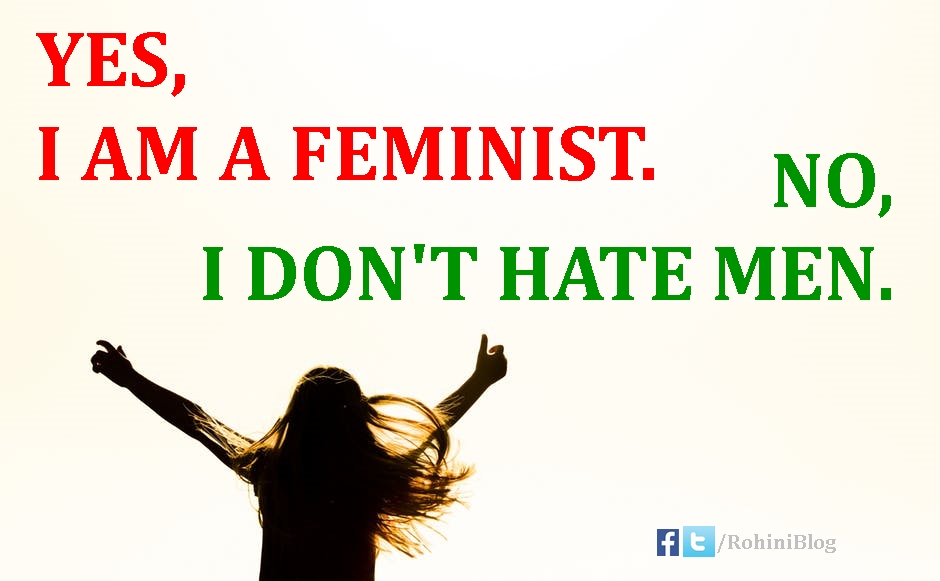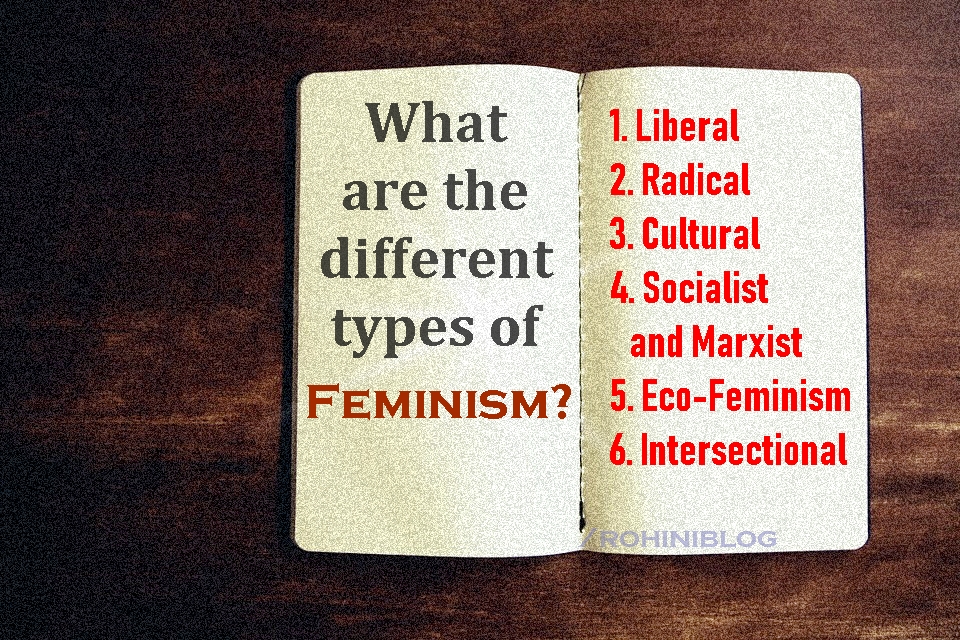Many people around us are still confused with the concept of feminism and its ideologies. Few of them are clearly misinterpreted this revolution. There are also many myths around Feminism, like Feminists hates men, they fight exclusively for women, the belief that women feel they are more superior than man and many more.
We are here to clear some clouds around Feminism and pulled answers to your frequent questions from various sources (mentioned below).
So, lets get started with understanding the concept Feminism and explore more into this revolution.
What is Feminism in simple terms?
Feminism is a range of political movements, ideologies, and social movements that share a common goal: to define, establish, and achieve political, economic, personal, and social equality of sexes. This includes seeking to establish educational and professional opportunities for women that are equal to those for men.
Who are Feminists?
In general, feminists are people who try to acknowledge social inequality based on gender and stop it from continuing. Feminists believe that men and women are equal, and women deserve the same rights as men in society.
A Brief History of Feminism – The 4 Waves of Feminism

The word Feminism was first coined in 1837 by Charles Fourier, a Utopian Socialist and French philosopher.
The history of the modern western feminist movements is divided into three “waves”. Each wave dealt with different aspects of the same feminist issues.
The First Wave of Feminism
The first wave comprised women’s suffrage movements of the nineteenth and early twentieth centuries, promoting women’s right to vote.
The Second Wave
The second wave was associated with the ideas and actions of the women’s liberation movement beginning in the 1960s. The second wave campaigned for legal and social equality for women.
The Third Wave
The third wave is a continuation of, and a reaction to, the perceived failures of second-wave feminism, which began in the 1990s. It was led by so-called Generation Xers who, born in the 1960s and ’70s in the developed world, came of age in a media-saturated and culturally and economically diverse milieu.
And lately joins, the fourth wave.
The Fourth Wave Of Feminism
We are now in a period of fourth-wave feminism. It began with Laura Bates’s Every Day Feminism Project in 2012, which displayed some examples of sexism around the globe.
Fourth-wave feminism was created on the grounds of “the opposition to sexism, violence against women, sexual assault and rape culture on college campuses, body shaming, and workplace harassment.”
#MeToo movement
The #MeToo movement has also sparked a new era of feminism (although we are still considered to be in the fourth-wave period.) #MeToo was started by Tarana Burke in 2006 but became a social media trend in 2017 after the outing of movie mogul Harvey Weinstein as a serial sexual predator against women in the film industry. The simple hashtag has inspired thousands of women to come forward with sexual harassment and assault accusations against powerful men who were previously protected by a very patriarchal society.
Also read,
Common Myths about Feminists

- They hate Men
- They are always angry and aggressive
- Feminists don’t care about men’s issues
- Do feminists get married?
- Does a feminist have to be female?
- Feminists are all lesbians
Different Types of Feminism

Liberal Feminism
This is the variety of feminism that works within the structure of mainstream society to integrate women into that structure. Liberal feminism is a form of feminism that argues that equality for women can be achieved through legal means and social reform.
Radical Feminism
Radical feminism is a movement that believes sexism is so deeply rooted in society that the only cure is to eliminate the concept of gender completely. Radical feminism was the cutting edge of feminist theory from approximately 1967-1975. It is no longer as universally accepted as it was then, nor does it provide a foundation for, for example, cultural feminism.
Radical feminists suggest changes, such as finding technology that will allow babies to be grown outside of a woman’s body, to promote more equality between men and women. This will allow women to avoid missing work for maternity leave, which radical feminists argue is one reason women aren’t promoted as quickly as men. In fact, radical feminists would argue that the entire traditional family system is sexist. Men are expected to work outside the home while women are expected to care for children and clean the house. Radical feminists note that this traditional dichotomy maintains men as economically in power over women, and therefore, the traditional family structure should be rejected.
Cultural Feminism
Cultural feminism is a movement that points out how modern society is hurt by encouraging masculine behavior, but society would benefit by encouraging feminine behavior instead.
Cultural feminism believes in encouraging feminine behaviour rather than masculine behaviour.
Socialist Feminism
Socialist feminism is a movement that calls for an end to capitalism through a socialist reformation of our economy. Basically, socialist feminism argues that capitalism strengthens and supports the sexist status quo because men are the ones who currently have power and money. Those men are more willing to share their power and money with other men, which means that women are continually given fewer opportunities and resources. This keeps women under the control of men.
In short, socialist feminism focuses on economics and politics
Eco-Feminism
This branch of feminism is much more spiritual than political or theoretical in nature. Ecofeminism is a social and political movement which unites environmentalism and feminism.
Intersectional Feminism
Intersectional feminism recognizes that certain groups of people have multi-layered facets in life that they must deal with, such as racism and sexism. It is the recognition that there are many kinds of women experiencing different forms of discrimination based on race, transgender-ism, income, sexual orientation and more. This type of feminism highlights that not all women are white, middle class, CIS gendered people and that we need to fight for equality for all.
Sources:



